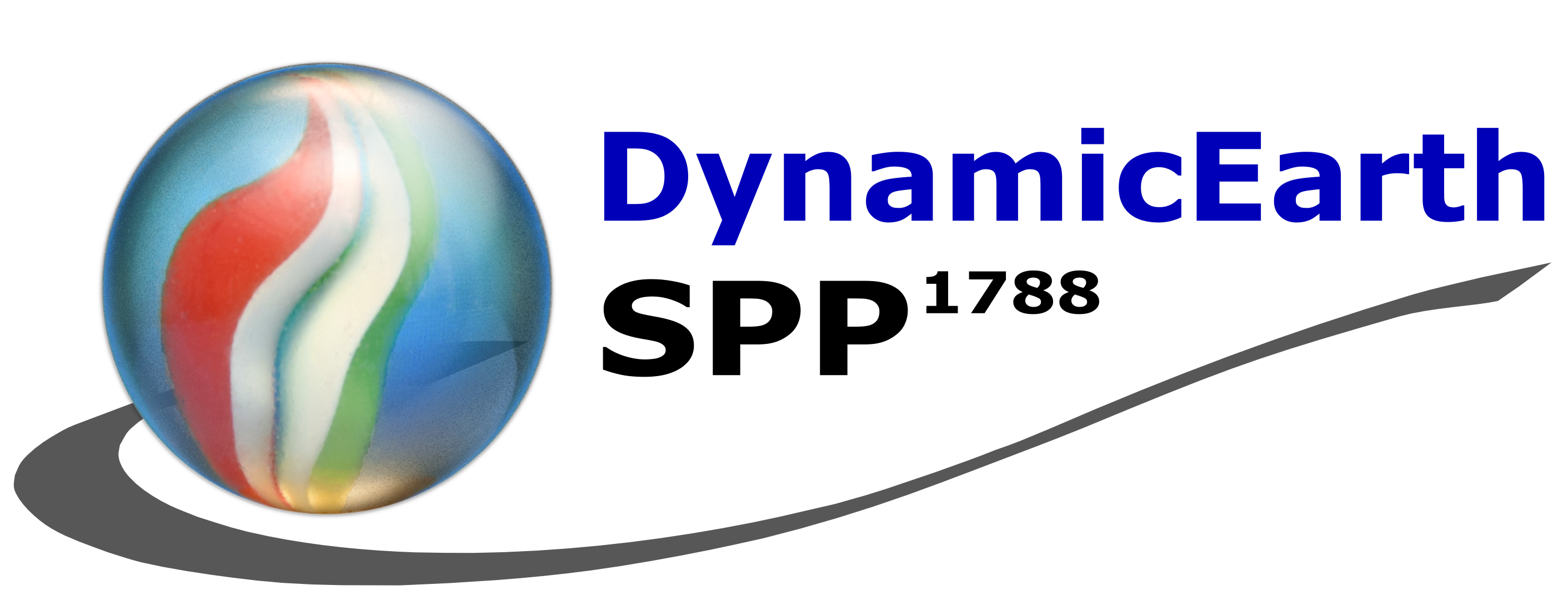The goal of this proposal is to characterise the plasma distribution in the near-Earth magnetosphere using satellite measurements. The terrestrial plasma environment continuously receives particles from the solar wind and the ionosphere. These particles define the dynamics of the Earth's space environment. The observation and prediction of the particle population is essential for magnetospheric modeling, vitally important for operating modern communication systems and planing of future space missions. There are many viable magnetospheric models. However, their predictions still suffer from ambiguous particle distribution inputs. This proposal aims to remedy this situation by providing particle distribution functions that scale with location in the near-Earth space, solar wind parameters, the strength of magnetic turbulence and depend on particle species. To achieve this, we will calculate the distribution functions from particle data measured by the European spacecraft ``Cluster'', which excels by simultaneous coverage of one and a half solar cycle, a wide particle energy range and the detection of the ion composition. Until now, the sparsity of observations prohibited such a study. Having obtained the particle distribution functions as boundary conditions, we will then use them as an input in advanced magnetospheric models. We will do a test for a specific magnetic storm event to identify an improvement in the prediction of magnetospheric dynamics, by using our novel approach to quantify particle populations. This extensive study involves a PhD student who will become a new specialist for Earth's plasma environment.
